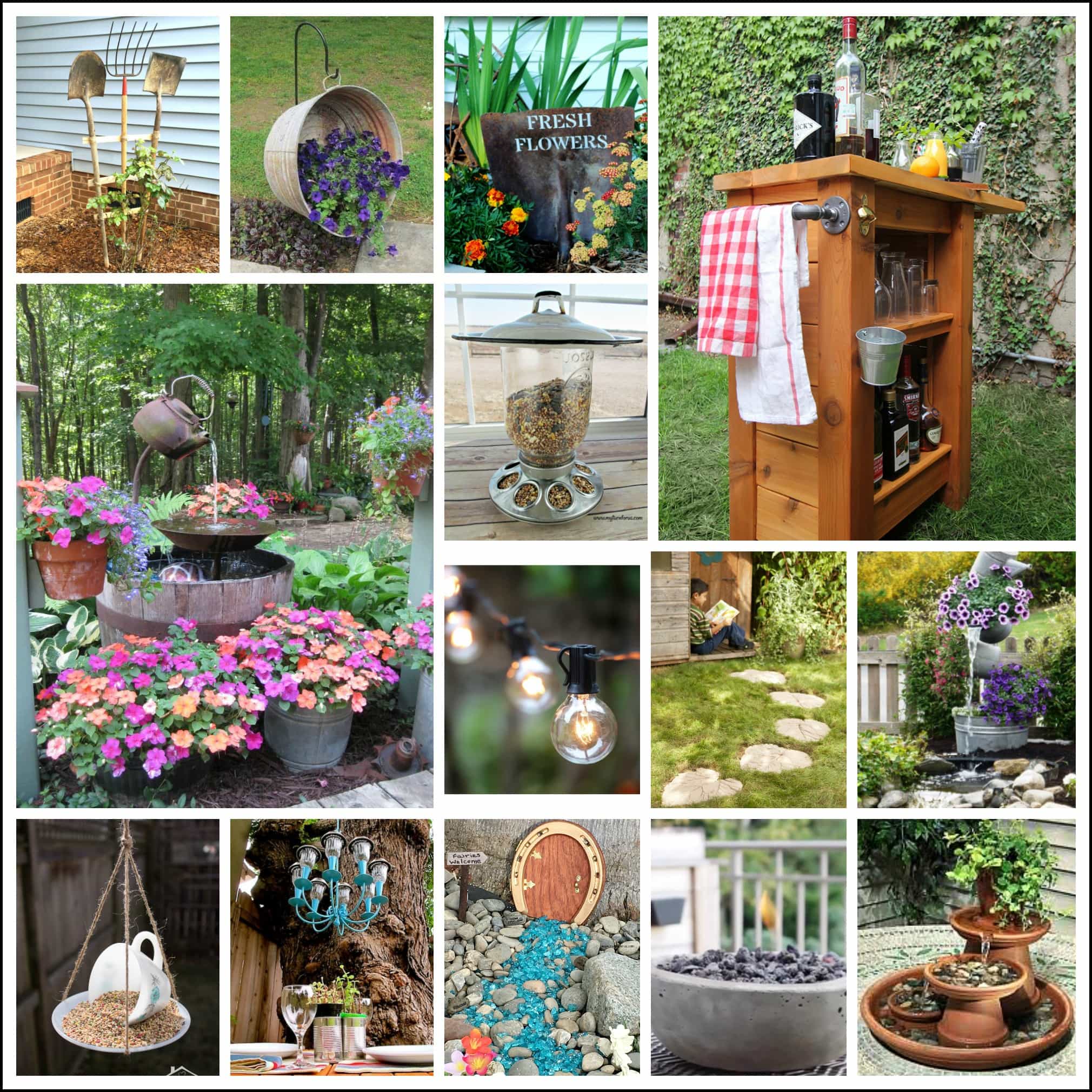How to Build a DIY Compost Tumbler: A Step-by-Step Guide

Are you tired of seeing your kitchen scraps and yard waste go to waste? Do you dream of transforming them into rich, nutrient-dense homemade compost? Building a DIY compost tumbler is the perfect solution. Not only will you reduce your environmental footprint, but you'll also create a valuable resource for your garden. Let's dive into the world of DIY gardening and learn how to build a DIY compost tumbler that will turn your waste into gold.
Why Build a DIY Compost Tumbler?
Before we get into the nitty-gritty, let's explore why a compost tumbler is a game-changer for your composting journey. Unlike traditional compost bins, a tumbler allows you to easily turn and aerate your compost, speeding up the decomposition process. Plus, it keeps your compost neatly contained and out of sight.
Materials Needed
To build your DIY compost tumbler, you'll need the following materials:
- 55-gallon plastic barrel
- 2x4 lumber
- 2x6 lumber
- 4x4 lumber
- Galvanized screws
- Hinges
- Latches
- PVC pipe
- Drill
- Saw
- Screwdriver
Step-by-Step Guide to Building Your DIY Compost Tumbler
Step 1: Prepare the Barrel
Start by drilling several small holes in the 55-gallon plastic barrel. These holes will allow air to circulate, which is crucial for the composting process. Make sure the holes are evenly distributed to ensure proper aeration.
Step 2: Build the Frame
Next, construct the frame that will support your compost tumbler. Use the 2x4 and 2x6 lumber to create a sturdy base. The frame should be wide enough to accommodate the barrel and tall enough to allow it to rotate freely.
Step 3: Attach the Barrel
Place the barrel horizontally on the frame. Use the PVC pipe to create an axle that runs through the center of the barrel. Secure the axle to the frame using screws and brackets. This will allow the barrel to rotate smoothly.
Step 4: Add Hinges and Latches
Install hinges and latches on the barrel to create a door for easy access. This will make it simple to add new materials and remove finished compost.
Step 5: Test Your Compost Tumbler
Once everything is secure, give your compost tumbler a test spin. Make sure it rotates smoothly and that the door opens and closes easily.
Composting Tips for Success
Now that you have your DIY compost tumbler, let's discuss some composting tips to ensure success:
- Balance Your Greens and Browns: Composting relies on a balance of nitrogen-rich materials (greens) and carbon-rich materials (browns). Greens include food scraps and grass clippings, while browns include leaves and shredded paper.
- Keep It Moist: Your compost should be as moist as a wrung-out sponge. Too much water can lead to a smelly mess, while too little can slow down the decomposition process.
- Turn Regularly: One of the biggest advantages of a compost tumbler is the ability to easily turn your compost. Aim to turn it every few days to ensure proper aeration.
Recycling and Sustainability
Building a DIY compost tumbler is not just about creating homemade compost; it's also about embracing recycling and sustainability. By composting, you're reducing the amount of waste that ends up in landfills and contributing to a healthier planet.
Conclusion
Building a DIY compost tumbler is a rewarding project that combines DIY gardening with environmental responsibility. With a little effort and some basic materials, you can transform your waste into a valuable resource for your garden. So, why wait? Start your composting journey today and watch your garden thrive.
FAQs
How long does it take for compost to be ready in a tumbler?
- The time it takes for compost to be ready in a tumbler can vary, but it typically ranges from 3 to 6 weeks, depending on the materials used and how often you turn the compost.
Can I compost meat and dairy in a tumbler?
- While some compost tumblers can handle meat and dairy, it's generally not recommended due to the risk of attracting pests and creating unpleasant odors. Stick to plant-based materials for best results.
How often should I turn my compost tumbler?
- Aim to turn your compost tumbler every few days. Regular turning helps to aerate the compost and speeds up the decomposition process.
What should I do if my compost smells bad?
- If your compost smells bad, it's likely too wet or lacking in carbon-rich materials. Add more browns, such as leaves or shredded paper, and ensure proper aeration by turning the compost regularly.
Can I use a compost tumbler in the winter?
- Yes, you can use a compost tumbler in the winter, but the decomposition process may slow down due to the colder temperatures. Insulating the tumbler or moving it to a warmer location can help maintain activity.


By following these steps and tips, you'll be well on your way to creating a successful DIY compost tumbler that will benefit both your garden and the environment. Happy composting!
0 Response to "How to Build a DIY Compost Tumbler: A Step-by-Step Guide"
Post a Comment